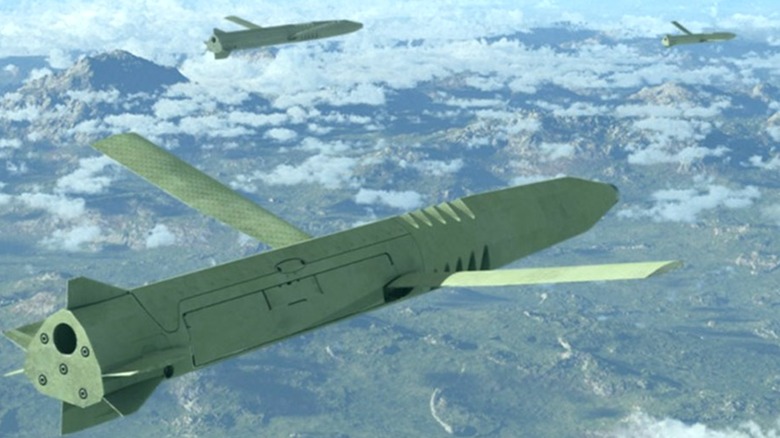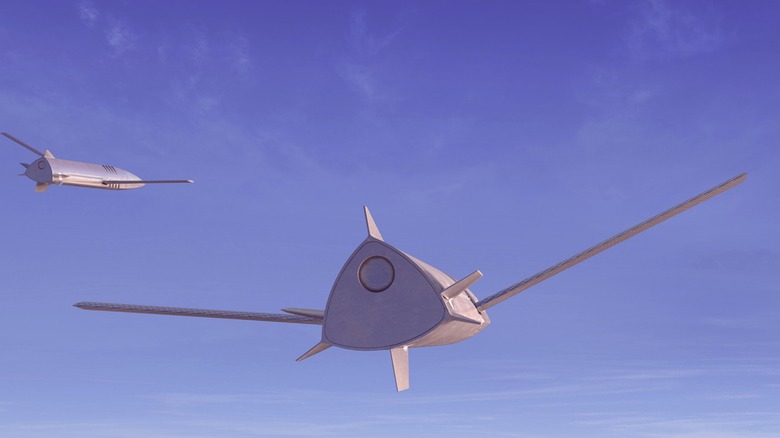The Future Of Military Long-Range Firepower: How LRMPs Are Getting More Technologically Advanced
Artillery has come a long way since it was first adopted as part of siege weaponry in ancient times, as today's systems are infinitely more advanced. It used to be that you could lob a rock at a wall and call it a day. These days, modern artillery weapons are complex machines that work in tandem with GPS satellites and many other systems to deliver a round onto a target location. Instead of rocks, artillery guns fire expensive rounds designed to travel several miles and lay waste to a grid-square, but their evolution never stopped.
The future of artillery is guided Long Range Maneuvering Projectiles (LRMPs), and they're incredibly advanced. General Atomics Electromagnetic Systems (GA-EMS) developed the LRMP, which it successfully tested at U.S. Army Yuma Proving Ground in Arizona in August 2025. What's advanced about these rounds is their range, as a controlled LRMP can cruise along to strike targets up to 75 miles away. The test used the M777 howitzer platform with an M231 powder charge, and that system usually has a maximum range of 19+ miles.
This system flies considerably further than what a typical round can cover, which is a potential game changer. Artillery systems are targets, so moving them as far away as possible extends their lethality while minimizing risk. Additionally, the further they can shoot, the more targets they are able to reach, making the LRMP one of the most impressive innovations in artillery systems in years. It is fully integrable into current systems, and isn't limited to the Army, as the Navy is also interested.
General Atomics' Long Range Maneuvering Projectiles are incredibly advanced
The LRMP is designed specifically for the M777 155mm towed howitzer system, and with the successful test, it appears that GA-EMS engineered excellent ammunition. Each round is equipped with deployable wings enabling onboard guidance. This allows the LRMP to maneuver during flight to engage targets at significantly further distances than traditional artillery rounds. They function in GPS-suppressed environments as well, further improving their lethality.
GA-EMS hasn't released many details about the new system, but what it has revealed suggests the LRMP will become the standard round used in 155mm systems. The company touts its design as unique and simplified, requiring no additional propulsion system to improve its range. Indeed, the M231 powder charge is one of the same used in traditional 155mm rounds. The LRMP is scalable and compatible with current systems, and successful testing has proven its performance and advertised aerodynamics.
While GA-EMS hasn't indicated if the LRMP is compatible with self-propelled artillery, which is different from tanks, it's likely the 155mm M109A6 "Paladin" Howitzer is compatible. It's unclear when the LRMP will enter the inventories of either the Army or the Navy. Still, given the successful tests and preexisting compatibility with systems currently in use, production will likely determine its timeline. The cost per round is unknown, but is likely lower than Sceptre's ramjet-powered munition, which costs $52,000 each. While likely cheaper than the competition, the LRMP will cost more than a standard round, which runs American taxpayers around $3,000.

